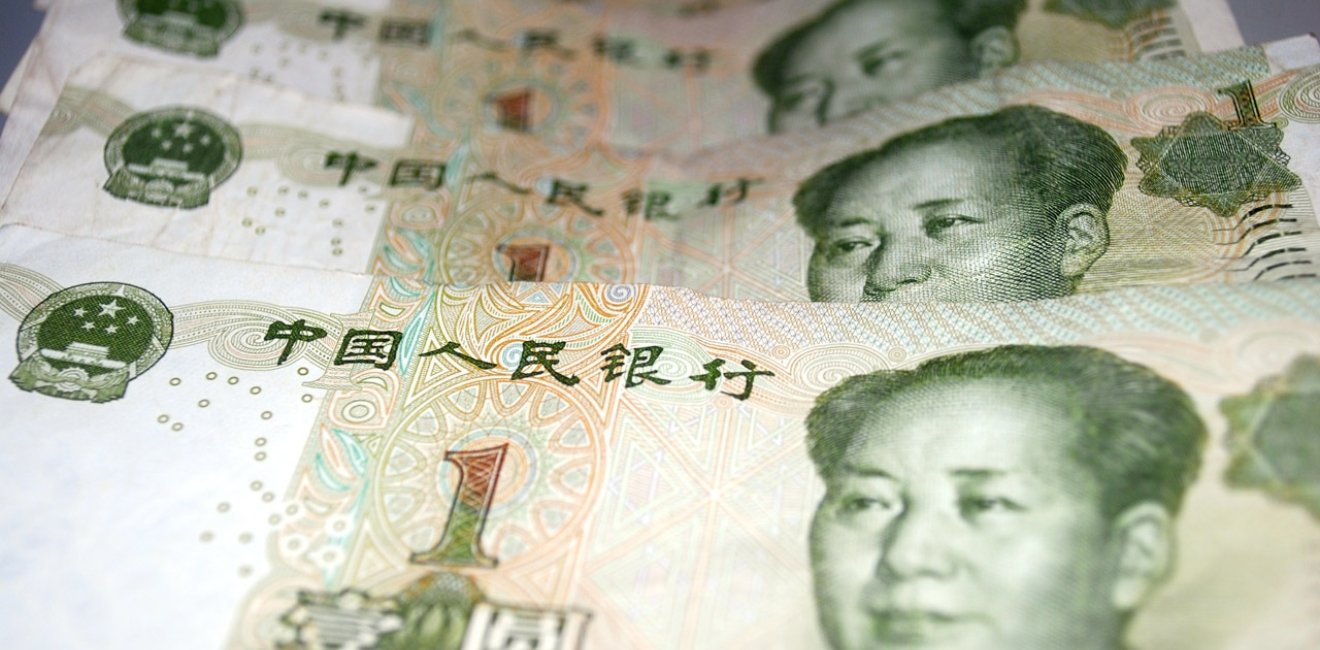The Trump administration can pretty much do whatever it wants regarding naming countries currency manipulators. No U.S. law prevents that. But current U.S. law does not support finding any country a manipulator at this time. U.S. dollar strength reflects higher growth in the U.S. compared to other countries and likely continued higher U.S. interest rates as the Fed tightens U.S. monetary policy while other central banks maintain their expansionary policies.
There are two relevant laws, both of which focus on trading partners with a large overall current account surplus and a large bilateral trade surplus with the United States. The 1988 Trade Act emphasizes countries preventing balance of payments adjustment or gaining unfair competitive advantage through their exchange rate or currency practices. Meanwhile, the 2015 Trade Enforcement Act defines manipulation as a trading partner engaging in one-sided intervention in currency markets to prevent a currency from appreciating when a country has a current account surplus and a large bilateral surplus with the United States.
Both acts require Treasury to analyze trade and payments developments to determine if countries are manipulating their currencies. If a trading partner is found to be manipulating, the 1988 act requires Treasury to enter into negotiations with that government, and the 2015 act requires ‘enhanced bilateral engagement’ to seek economic reforms that will end manipulation.
Why China Isn’t a Manipulator Today
To offer a bit of historical perspective: in the early 1990s when my staff and I were drafting these reports, we named both Taiwan and China manipulators on the grounds that both were enforcing strict controls on currency flows that prevented their currencies from appreciating, even though China and Taiwan each had overall current account and bilateral trade surpluses. Treasury entered into negotiations with each trading partner and then reported to Congress. By 1994, both were determined to have changed their behavior to the point they were no longer named.
To implement the 2015 act, Treasury created a monitoring list to follow more closely the developments in countries of concern. The October 2016 report placed 6 trading partners on the monitoring list: China, Japan, Korea, Taiwan, Germany and Switzerland. A trading partner is placed on the monitoring list if it meets two of three criteria: a large overall current account surplus; a large bilateral trade surplus with the United States; and/or engages in persistent one sided intervention in its currency market to prevent appreciation.
While China met two criteria in the April 2016 report, it only met one of them in October: a large bilateral trade surplus with the United States. Since then, China has continued to intervene in its currency market to prevent the yuan from depreciating. In other words, with individuals and corporations seeking to convert their Chinese currency to dollars or other currencies, market pressures are pushing the yuan down but the Chinese authorities are counteracting that by providing the dollars to the market and by tightening access to foreign exchange. As a result, China’s foreign exchange reserves have been falling. This is not manipulation for competitive gain.
What is interesting is that several of the other trading partners met two criteria including Taiwan, with an overall large current account surplus and intervention to prevent its currency from appreciating in 2016.
But what does Treasury do once it has placed a trading partner on the monitoring list? Negotiations are not required, but Treasury typically reports that it continues to urge reforms in all these partners, reforms that would reduce overall current account surpluses and/or result in more currency appreciation. Treasury no doubt raises these issues in every bilateral meeting and will report on those discussions in its next report too.
What Happens Next
Should the Trump administration name China as a currency manipulator, it can do so. It could cite the 1988 act, since China experienced currency depreciation in 2016, albeit market driven, and has a large bilateral surplus with the United States. The criteria Congress included in the 2015 act do not substantiate any finding of manipulation since China is intervening to stabilize or increase the value of its currency. China has also clamped down on capital outflows to reduce Chinese demand for dollars.
If the United States names China a currency manipulator, then Treasury would be required to start negotiations to change Chinese behavior. This would put the United States in a very awkward position: would the United States urge China to tighten its currency controls, in order to prevent more outflows from China? Would the United States urge more sales of its foreign exchange reserves to strengthen or at least keep the yuan more or less fixed around the current level? Such recommendations would be counter to decades-long U.S. positions that urge a stronger role for market forces and less government regulation, control, or intervention.
In addition, when China liquidates its foreign exchange reserves, it sells its holdings of U.S. government debt, which puts upward pressure on long-term interest rates and strengthens the dollar. Of course, the overall value of the dollar is determined by the combination of all actors buying and selling currencies and at this time, the overall net trend is capital inflows into the United States.
To sum up, under the 2015 Trade Enforcement Act, a trading partner must meet all three criteria to be placed into the ‘enhanced bilateral engagement’ category. China is most likely going to have to continue running down its foreign exchange reserves, intervening to prevent a weaker Chinese yuan so it will not meet all three. Nonetheless, I expect Treasury to keep China on its monitoring list more or less permanently, as a sign of the high priority placed on encouraging more economic reform in China to generate more sustainable domestically generated growth.
If China is designated a manipulator on day one of the Trump administration and after one year there is no reduction in imbalances, then the United States can take several actions. These include cutting off Overseas Private Investment Corporation (OPIC) financing and access to U.S. government procurement, or the United States can ask the IMF to undertake more exchange rate surveillance of China. The first two appear to be rather weak disincentives. As to the IMF, it already analyzes and annually publishes staff views on its largest members’ currency practices. Anything more aggressive is unlikely to garner widespread support among the IMF’s full membership.
So current laws and practices are likely to have little effect on countries’ currency practices. But the president can take executive actions to raise tariffs, impose trade remedies on various sectors and tighten regulatory restrictions on access to U.S. markets. This runs the risk of generating a trade war that results in all countries, including the United States, being worse off.
Dollar’s Rise Seen to Continue
Where is the dollar headed in 2017? The dollar has strengthened against a broad range of currencies of our trading partners, and likely will stay strong. Why? The Fed is raising interest rates while other central banks are not. The United States is growing comfortably while others such as Japan and many in Europe are unlikely to enjoy substantially increased growth. Markets anticipate the new Congress and president will pass an expansionary budget that likely will increase U.S. fiscal deficits, putting further upward pressure on U.S. interest rates and the dollar. This overall global macroeconomic picture is the most relevant to the dollar. There is no currency manipulation at this time on the part of our major trading partners. Most of them are taking action to offset market pressures that are weakening their currencies. A better approach for the new administration is to focus on convincing other countries they need to do more to contribute to global growth.






